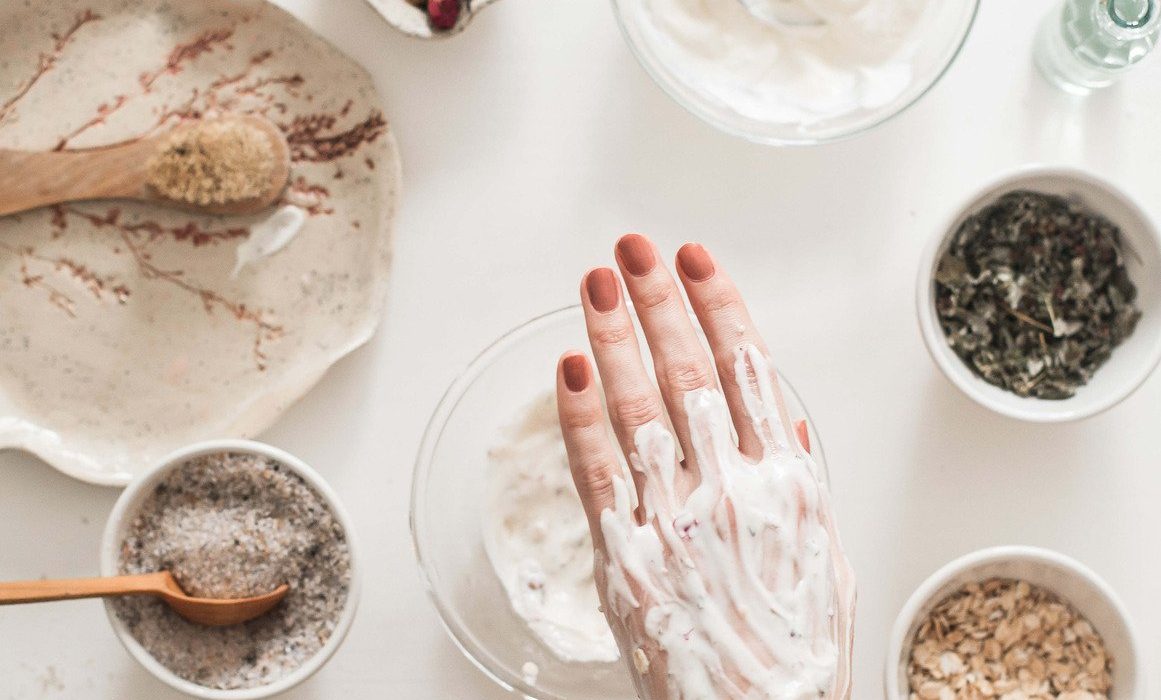When it comes to taking care of our skin, there’s no one-size-fits-all solution. Everyone’s skin is unique and requires a personalized approach. That’s why creating a customized beauty skincare routine is crucial for achieving healthy, glowing skin. But with so many products and techniques out there, it can be overwhelming to figure out where to start. Don’t worry! In this ultimate guide, we’ll walk you through how to determine your skin type, which products are essential for your routine, how often you should exfoliate, the importance of sunscreen, and more. Get ready to unlock the secrets to a personalized beauty skincare routine that will leave everyone envious of your radiant complexion!
Why You Should Have a Personalized Beauty Skincare Routine
Your skin is unique and deserves a skincare routine tailored to its specific needs. A personalized beauty skincare routine can help you achieve healthy, glowing skin by addressing your individual concerns.
Using the wrong products or techniques for your skin type can do more harm than good. For example, using harsh exfoliants on sensitive skin can cause irritation and breakouts. By customizing your routine, you can avoid these pitfalls and achieve optimal results.
A personalized skincare routine doesn’t have to be complicated or time-consuming. In fact, it can save you time and money in the long run by helping you avoid unnecessary products that aren’t right for your skin.
By taking the time to develop a customized regimen based on your unique needs, you’ll not only improve the appearance of your skin but also boost your confidence. When you look and feel great in your own skin, nothing can hold you back!
How to Figure Out Your Skin Type
When it comes to creating a personalized beauty skincare routine, the first step is figuring out your skin type. This can be a bit tricky if you’re new to skincare or have never paid much attention to your skin before. But don’t worry – with a little bit of observation and some simple tests, you can determine your skin type in no time.
To start, take note of any areas on your face that tend to get oily or dry throughout the day. Oily areas are typically found around the T-zone (forehead, nose, chin), while dryness may occur on the cheeks or jawline.
Next, assess how sensitive your skin is by paying attention to any reactions it has had in response to certain products or environmental factors like sun exposure or wind. Sensitive skin may become red, irritated, or itchy more easily than other types.
Another factor to consider is whether you have acne-prone skin. If you frequently experience breakouts and blemishes on different parts of your face, this could indicate that you have acne-prone skin.
Once you’ve taken all these factors into account, categorize yourself into one of four main skin types: oily/combo (oily T-zone with dryness elsewhere), dry/sensitive (dry patches with sensitivity), normal/combination (balanced moisture levels throughout), or acne-prone/oily (frequent breakouts and excess oil).
By understanding your unique skin type and its specific needs and concerns, you’ll be able to choose products that work best for you and create an effective skincare routine tailored just for YOU!
What Products You Need for Your Routine
When it comes to creating a personalized beauty skincare routine, choosing the right products is crucial. With so many options available in the market, it’s important to understand which products are essential for your skin type and concerns.
Firstly, you’ll need a gentle cleanser that effectively removes dirt and impurities without stripping away natural oils. If you have dry or sensitive skin, opt for a cream-based cleanser. On the other hand, if you have oily or acne-prone skin, choose a gel-based formula.
Next up is toner – this step helps balance your skin’s pH levels and prepares it for better absorption of subsequent skincare products. Look for toners with ingredients like glycolic acid or witch hazel to combat acne and reduce fine lines.
Serums come in next – these are concentrated formulas that target specific concerns such as ageing, hyperpigmentation or dehydration. Vitamin C serum is an excellent choice for brightening dull complexions while hyaluronic acid hydrates thirsty skin cells.
Don’t forget moisturizer! This step locks in all previous steps’ benefits by restoring moisture levels lost during cleansing and exfoliation. Choose a lightweight formula if you have oily/combination skin; otherwise go with creams packed with nourishing ingredients like ceramides or peptides.
Remember: less is more when it comes to product selection – stick to essentials that work best for YOUR unique needs!
How Often Should You Be Exfoliating?
Exfoliation is an essential step in any skincare routine. It removes dead skin cells, unclogs pores, and helps to reveal smoother, brighter skin. But how often should you be exfoliating? The answer depends on your skin type and the product you’re using.
If you have oily or combination skin, you may benefit from exfoliating twice a week. This can help to control excess oil production and prevent breakouts. However, if you have dry or sensitive skin, it’s best to limit exfoliation to once a week or every other week as over-exfoliating can cause irritation.
When choosing an exfoliator, look for gentle options such as chemical exfoliants with AHAs or BHAs that dissolve dead skin cells instead of physically scrubbing them away. Physical scrubs like sugar scrubs should be used sparingly as they can cause micro-tears in the skin.
Always listen to your skin when it comes to exfoliation frequency – if it starts feeling tight or irritated after use then reduce how often you do it. And always remember: less is more when it comes to this step!
The Importance of Sunscreen
Sunscreen is an essential part of any skincare routine, and it’s important not to skip this step. The sun emits harmful UV rays that can damage your skin and cause premature aging, including wrinkles, fine lines, hyperpigmentation, and even skin cancer.
Using a broad-spectrum sunscreen with an SPF (sun protection factor) of at least 30 helps protect against both UVA and UVB rays. Apply sunscreen generously to all exposed areas of your face and body before going outside – don’t forget about commonly overlooked places like your ears or the back of your neck.
It’s also important to reapply sunscreen every two hours if you’re spending time outdoors or sweating heavily. This ensures that you continue to have adequate protection throughout the day.
Even if you’re indoors or in a car for most of the day, it’s still important to wear sunscreen as UV rays can penetrate through windows. Incorporating sunscreen into your daily routine will help prevent long-term damage from sun exposure.
Using sunscreen is crucial for keeping your skin healthy and protected from damaging UV rays. Don’t forget this essential step in creating a personalized beauty skincare routine.
Building Your Own Routine
Building Your Own Routine:
Now that you have figured out your skin type and the products suitable for it, it’s time to build your own personalized skincare routine. Remember, everyone’s skin is different, so there isn’t a one-size-fits-all solution when it comes to skincare.
Start with the basics – cleansing, toning and moisturizing. These three steps are essential in any skincare routine. Choose products that cater specifically to your skin type. If you have dry skin, opt for a creamy cleanser and a heavier moisturizer. On the other hand, if you have oily skin, go for a gel-based product that won’t clog pores.
Next up is exfoliation. Depending on your skin type and concerns, this step can be done once or twice a week. Incorporate either physical or chemical exfoliants into your routine to slough away dead skin cells and reveal brighter-looking complexion.
Don’t forget about sunscreen! Protecting your skin from harmful UV rays should be an integral part of every person’s daily skincare routine – even on cloudy days.
Consider adding in targeted treatments such as serums or face oils to address specific concerns like hyperpigmentation or fine lines.
Remember – consistency is key when building any skincare routine so stick with what works best for you!
Conclusion
Creating a personalized beauty skincare routine can feel like a daunting task, but with the right information and products, it’s easy to achieve healthy, glowing skin. Remember that everyone’s skin is unique and requires different care depending on your skin type.
By following the steps outlined in this ultimate guide, you’ll be able to determine your skin type and build a customized skincare routine tailored specifically for you. Incorporating regular exfoliation and daily sunscreen use will help protect your skin from environmental damage while keeping it looking its best.
With patience and consistency, you’ll start to see improvement in the overall health of your skin. So what are you waiting for? Start building your perfect skincare routine today!











